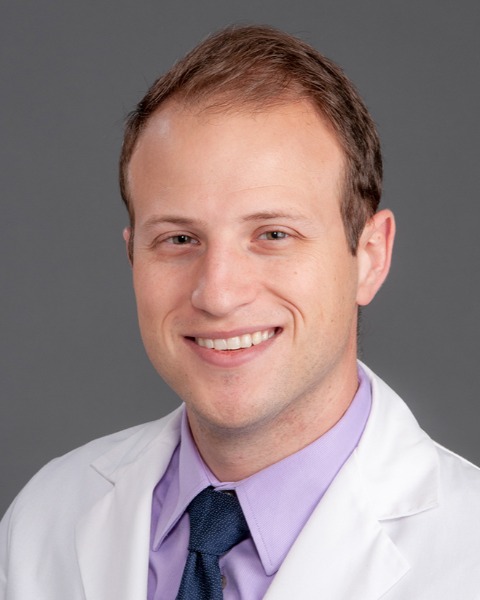Back
Introduction: Male infertility has been associated with many disease processes, including chemotherapy and radiotherapy for cancer, undescended testis (UDT), and genetic conditions such as Klinefelter Syndrome (KS). Preservation of human spermatogonial stem cells (SSC) may be a suitable option for young male patients at risk of losing fertility. With optimal cryopreservation, cell viability can be retained to reestablish spermatogenesis in the future through in vitro germ cell differentiation or round spermatid injection.
Methods: Urology and hematology-oncology patients at Atrium Health Wake Forest Baptist with malignancy, UDT, or KS were approached for consent and assent (if = seven years old) for the fertility preservation program. If participation was accepted, patients were given the option to undergo a fertility-preserving testicular biopsy, preferably during general anesthesia for other procedures such as Port-a-Cath placement, orchidopexy, or lymph node biopsy. They were also allowed to enroll as a registry participant (non-biopsy control). Histological and microbiological analyses were performed on biopsies before being cryopreserved. Further data were obtained retrospectively via chart review.
Results: Over eight years of banking, a total of 202 patients were approached for the study, with 125 (61.8%) undergoing a biopsy, 39 (19.3%) enrolling as non-biopsy control, and 38 (18.8%) declining participation. The mean age at which biopsy was performed across all diagnoses was 8.39 years (range 0.61 to 37.39). Of the 125 biopsy patients, 73% opted to donate a portion (up to 20%) of the tissue for basic research with no direct benefit to the donor. Of the biopsied patients, 76 (60.8%) were performed for cancer, 38 (30.4%) for unilateral or bilateral UDT, and 11 (8.8%) for KS. Based on PRM1 immunofluorescence, 48.3% of specimens had round spermatids. Short-term complications for testicular biopsy, primarily pain and swelling, were typically mild to moderate.
Conclusions: A multidisciplinary approach can accommodate patients at risk for reduced future fertility due to various pathologies. The preservation of testicular tissue at present can aid in future fertility restoration through techniques such as in vitro SSC differentiation or round cell spermatid injection (ROSI). SOURCE OF
Funding: N/A
Moderated Poster Session
Session: MP43: Infertility: Therapy
MP43-11: Eight-year fertility preservation program at Atrium Health Wake Forest Baptist focusing on spermatogonial stem cell and round spermatid technologies.
Saturday, April 29, 2023
3:30 PM – 5:30 PM CST
Location: S401A

Adam Bret Cohen, MD, BS (he/him/his)
Atrium Health Wake Forest Baptist
Poster Presenter(s)
Introduction: Male infertility has been associated with many disease processes, including chemotherapy and radiotherapy for cancer, undescended testis (UDT), and genetic conditions such as Klinefelter Syndrome (KS). Preservation of human spermatogonial stem cells (SSC) may be a suitable option for young male patients at risk of losing fertility. With optimal cryopreservation, cell viability can be retained to reestablish spermatogenesis in the future through in vitro germ cell differentiation or round spermatid injection.
Methods: Urology and hematology-oncology patients at Atrium Health Wake Forest Baptist with malignancy, UDT, or KS were approached for consent and assent (if = seven years old) for the fertility preservation program. If participation was accepted, patients were given the option to undergo a fertility-preserving testicular biopsy, preferably during general anesthesia for other procedures such as Port-a-Cath placement, orchidopexy, or lymph node biopsy. They were also allowed to enroll as a registry participant (non-biopsy control). Histological and microbiological analyses were performed on biopsies before being cryopreserved. Further data were obtained retrospectively via chart review.
Results: Over eight years of banking, a total of 202 patients were approached for the study, with 125 (61.8%) undergoing a biopsy, 39 (19.3%) enrolling as non-biopsy control, and 38 (18.8%) declining participation. The mean age at which biopsy was performed across all diagnoses was 8.39 years (range 0.61 to 37.39). Of the 125 biopsy patients, 73% opted to donate a portion (up to 20%) of the tissue for basic research with no direct benefit to the donor. Of the biopsied patients, 76 (60.8%) were performed for cancer, 38 (30.4%) for unilateral or bilateral UDT, and 11 (8.8%) for KS. Based on PRM1 immunofluorescence, 48.3% of specimens had round spermatids. Short-term complications for testicular biopsy, primarily pain and swelling, were typically mild to moderate.
Conclusions: A multidisciplinary approach can accommodate patients at risk for reduced future fertility due to various pathologies. The preservation of testicular tissue at present can aid in future fertility restoration through techniques such as in vitro SSC differentiation or round cell spermatid injection (ROSI). SOURCE OF
Funding: N/A
